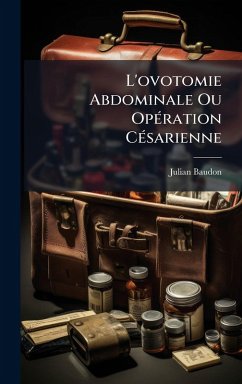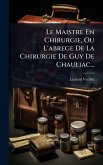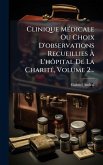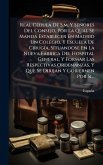L'ovotomie Abdominale Ou Opération Césarienne, written by Julian Baudon and published in 1873, delves into the surgical procedure of abdominal ovariotomy, also known as Cesarean section. This historical text offers a detailed examination of the techniques and practices employed in performing this life-saving surgery during the 19th century. Baudon's work provides valuable insights into the medical challenges and advancements of the era, reflecting the state of surgical knowledge and the approaches to maternal healthcare prevalent at the time. This book is an important resource for historians of medicine, surgeons, and anyone interested in the evolution of obstetrical practices. It presents a fascinating glimpse into the past, showcasing the dedication and innovation of medical practitioners in their efforts to improve women's health and survival during childbirth. Baudon's detailed account makes this a significant contribution to understanding the history of surgical interventions and their impact on society. This work has been selected by scholars as being culturally important, and is part of the knowledge base of civilization as we know it. This work was reproduced from the original artifact, and remains as true to the original work as possible. Therefore, you will see the original copyright references, library stamps (as most of these works have been housed in our most important libraries around the world), and other notations in the work. This work is in the public domain in the United States of America, and possibly other nations. Within the United States, you may freely copy and distribute this work, as no entity (individual or corporate) has a copyright on the body of the work. As a reproduction of a historical artifact, this work may contain missing or blurred pages, poor pictures, errant marks, etc. Scholars believe, and we concur, that this work is important enough to be preserved, reproduced, and made generally available to the public. We appreciate your support of the preservation process, and thank you for being an important part of keeping this knowledge alive and relevant.
Bitte wählen Sie Ihr Anliegen aus.
Rechnungen
Retourenschein anfordern
Bestellstatus
Storno








